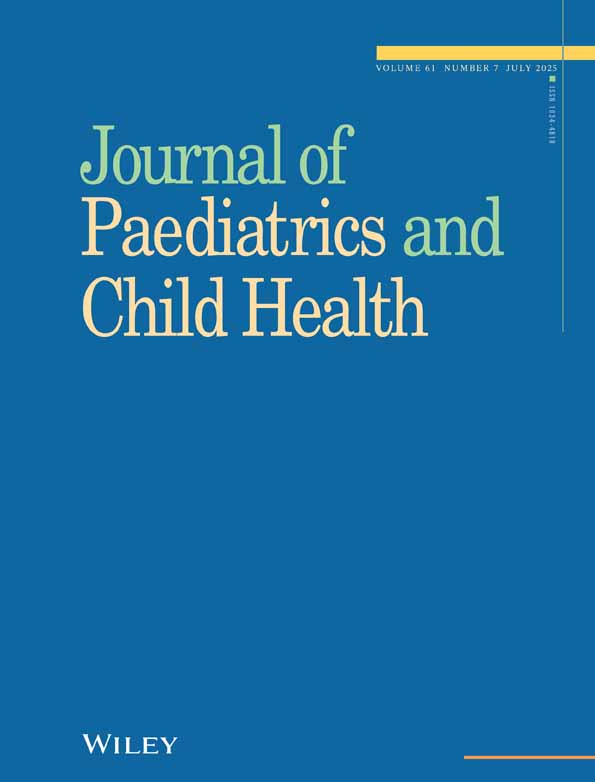AN AETIOLOGICAL STUDY OF NEONATAL JAUNDICE IN A CHILDREN'S HOSPITAL*
*Delivered at the Annual Meeting of the Australian Paediatric Association, 1965 by D. M. Danks.
SYNOPSIS
Seventy-six newborn infants with significant jaundice, caused by other than foetomaternal blood group incompatibility, have been studied by simple but systematic methods. Bacterial infection emerged as the most common cause. Blood culture and microscopy of urine proved to be the most rewarding routine tests and these are advocated in all newborn babies in whom jaundice gives rise to concern. ‘Neonatal hepatitis’ and biliary atresia were the main causes of jaundice which persisted for more than one month, and investigation of their aetiology is briefly reported.




